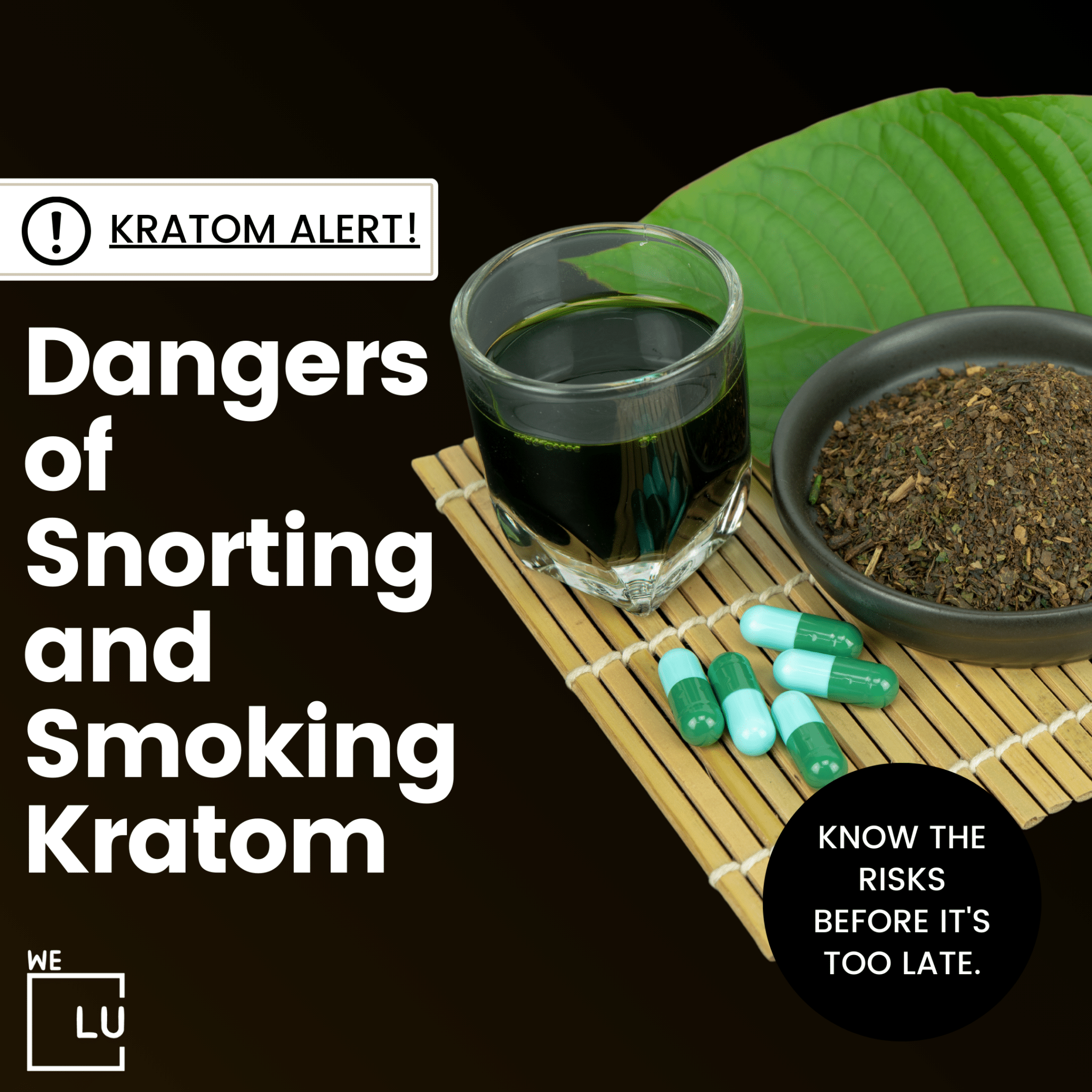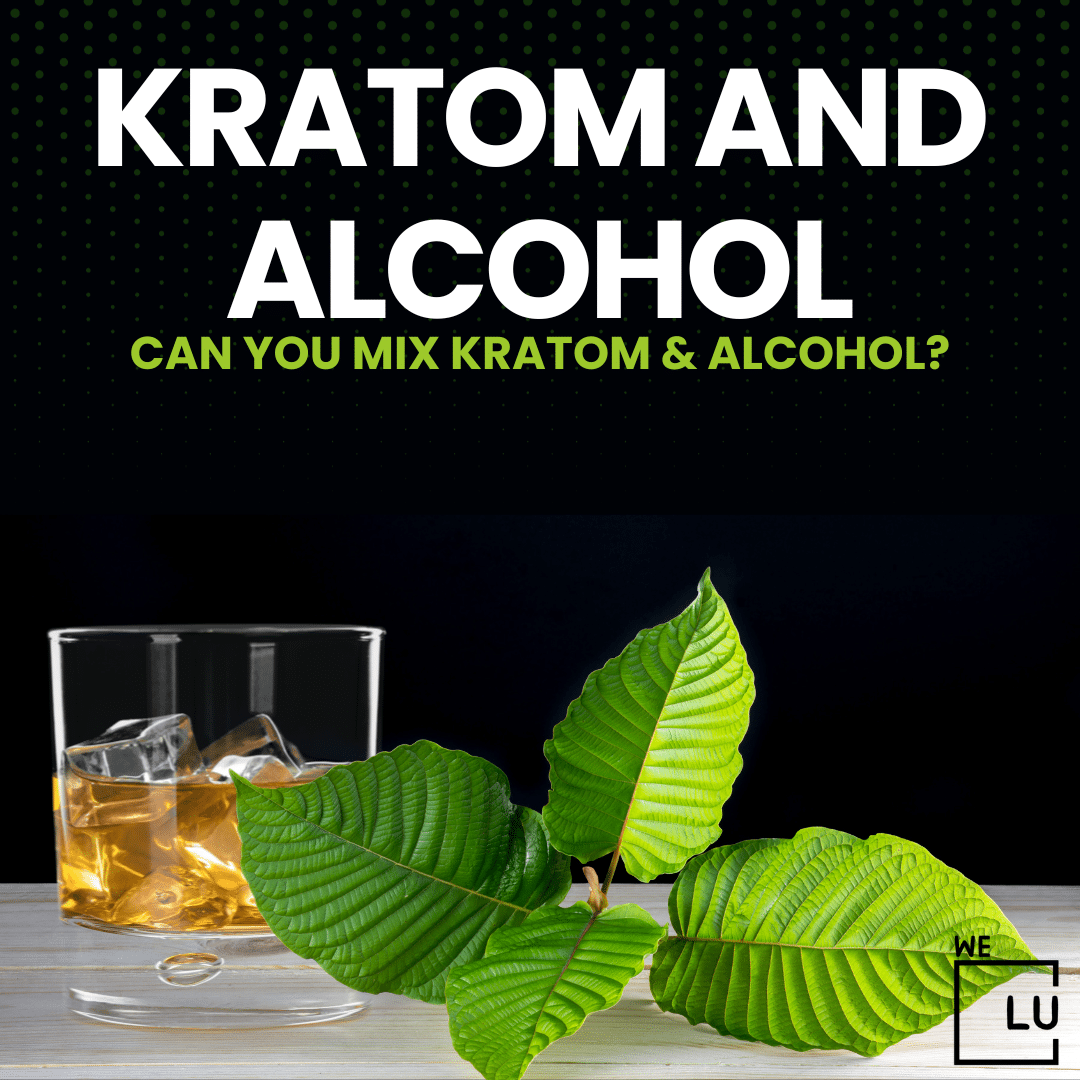What’s The Difference Tramadol Vs Hydrocodone?
What Is Tramadol?
Tramadol is a prescription medication classified as an opioid analgesic, primarily used to alleviate moderate to moderately severe pain. Employing a dual mechanism of action, it binds to opioid receptors in the brain and spinal cord while inhibiting the reuptake of neurotransmitters like serotonin and norepinephrine. This unique combination contributes to its analgesic effects.
Tramadol is commonly prescribed for various pain conditions, such as post-surgical recovery and chronic pain. Despite its efficacy, users should be cautious due to the potential for dependence, addiction, and abuse associated with opioid medications. Healthcare professionals typically recommend strict adherence to prescribed dosages and durations to minimize these risks. Like other opioids, tramadol may cause side effects ranging from nausea and dizziness to constipation. Patients are advised to consult with their healthcare providers to ensure its appropriate use and to manage potential adverse effects.
What Is Hydrocodone?
Hydrocodone is a potent opioid analgesic prescribed for the relief of severe pain. As a semi-synthetic opioid derived from codeine, hydrocodone works by binding to opioid receptors in the brain and spinal cord, altering the perception of pain. Often combined with acetaminophen or ibuprofen to enhance its efficacy, hydrocodone is available in various formulations, including tablets and liquid solutions.
Commonly prescribed after surgeries or for managing chronic pain conditions, patients should follow dosage instructions due to the potential for dependence and addiction associated with opioids. The medication may induce side effects like drowsiness, constipation, and respiratory depression. Due to its potency, hydrocodone is classified as a Schedule II controlled substance in the United States, highlighting the importance of responsible use under the guidance of a qualified medical practitioner.
Main Differences Between Hydrocodone Vs Tramadol
Hydrocodone and tramadol are both prescription medications used for pain relief, but they differ in several ways. Refer to the table below for the main differences between hydrocodone and tramadol.
| Characteristic | Hydrocodone | Tramadol |
|---|---|---|
| Classification and Structure | Semi-synthetic opioid, Schedule II | Synthetic opioid, Schedule IV |
| Mechanism of Action | Binds to opioid receptors | Binds to opioid receptors; inhibits reuptake of serotonin and norepinephrine |
| Combination Formulations | Often combined with acetaminophen or NSAIDs | Typically prescribed as a standalone medication |
| Schedule Classification | Schedule II (Higher potential for abuse) | Schedule IV (Lower potential for abuse) |
| Risk of Dependence/ Addiction | Both carry a risk; individual responses vary | Both carry a risk; individual responses vary |
| Side Effects | Common opioid side effects (e.g., drowsiness, constipation, nausea) | Common opioid side effects (e.g., drowsiness, constipation, nausea) |
| Prescription Regulations | Stringent due to Schedule II classification | Regulations are less strict due to Schedule IV classification |
Can You Take Tramadol With Hydrocodone?
Combining tramadol and hydrocodone is generally not recommended without explicit guidance from a healthcare professional. Both tramadol and hydrocodone are opioid medications, which means they share similar mechanisms of action in the central nervous system. Combining opioids can increase the risk of side effects and adverse reactions, including respiratory depression, sedation, and the potential for overdose.
The simultaneous use of tramadol and hydrocodone may amplify the effects of each drug, leading to heightened central nervous system depression, which can be life-threatening. Furthermore, both medications carry a risk of dependence and addiction, and combining them may increase this risk.
If both medications are being considered for pain management, have a thorough discussion with a healthcare provider. They will carefully assess your medical history, current medications, and the specific nature of your pain to determine the safest and most effective course of action. Open communication with your healthcare provider to minimize potential risks and optimize the benefits of pain management within the bounds of safety. Never self-adjust medication doses or combine opioids without the explicit guidance of a qualified healthcare professional. Acting on your own without proper advice can have serious consequences for your health.

Skip To:
Learn More:
- Tramadol Dosage, Overdose, & Risks. Proper Use Of Tramadol.
- How Long Does Tramadol Last? What is the Tramadol Half Life?
- Is Tramadol Addictive? Risks & Signs Of Tramadol Addiction
- Can You Mix Tramadol And Alcohol? Side Effects And Dangers.
- Hydrocodone Side Effects, Uses, Overdose, & Addiction Facts
- Hydrocodone Addiction And Abuse. Is Hydrocodone Addictive?
- Tramadol Vs Oxycodone, Comparison Of Side Effects & Efficacy
- Oxycodone and Hydrocodone, Side Effects, Forms, Dosages, Differences & Interactions
Is Tramadol Stronger Than Hydrocodone?
The strength of tramadol compared to hydrocodone can vary depending on individual responses and factors such as the specific formulation and dosage of each medication. Tramadol and hydrocodone are both opioid analgesics used for pain relief, but they have different mechanisms of action and characteristics.
Hydrocodone is considered a more potent opioid than tramadol in terms of its direct binding to opioid receptors. However, tramadol has a unique dual mechanism of action; it not only binds to opioid receptors but also inhibits the reuptake of certain neurotransmitters like serotonin and norepinephrine. This dual action can contribute to its analgesic effects.
The perception of strength may also be influenced by individual responses to these medications. Some individuals may find one medication more effective or tolerable than the other based on their unique physiology and the nature of their pain.

Get Your Life Back
Find Hope & Recovery. Get Safe Comfortable Detox, Addiction Rehab & Dual Diagnosis High-Quality Care.
Hotline (855) 695-1160
Tramadol Side Effects
Tramadol can cause a myriad of side effects. Not everyone will experience these side effects, and their severity can vary. Common side effects of tramadol may include:
- Nausea and Vomiting: Gastrointestinal symptoms such as nausea and vomiting are relatively common side effects of tramadol.
- Dizziness or Lightheadedness: Tramadol can cause dizziness or lightheadedness, especially when standing up from a sitting or lying position.
- Constipation: Opioid medications, including tramadol, often lead to constipation. Adequate fluid intake and dietary fiber may help alleviate this side effect.
- Headache: Some individuals may experience headaches as a side effect of tramadol.
- Drowsiness or Fatigue: Tramadol can cause drowsiness or fatigue, and it may impair cognitive and motor functions. It’s important to avoid activities that require alertness, such as driving, until you know how the medication affects you.
- Dry Mouth: A dry sensation in the mouth is a possible side effect of tramadol.
- Sweating: Some people may experience increased sweating while taking tramadol.
- Serotonin Syndrome (Rare): In rare cases, tramadol may lead to serotonin syndrome, mainly if used in combination with other medications that increase serotonin levels.
- Allergic Reactions (Rare): Although rare, some individuals may experience allergic reactions to tramadol, such as rash, itching, swelling, severe dizziness, or difficulty breathing.
Report any unusual or severe side effects to your healthcare provider. Additionally, because tramadol is an opioid medication, there is a risk of dependence and addiction, and long-term use should be monitored by a healthcare professional. Always take tramadol precisely as prescribed and inform your healthcare provider of any other medications or substances you are taking.
Get Help. Get Better. Get Your Life Back.
Searching for an Accredited Drug and Alcohol Rehab Centers in Near You?
Even if you have failed previously and relapsed, or are in the middle of a difficult crisis, we stand ready to support you. Our trusted behavioral health specialists will not give up on you. When you feel ready or just want someone to speak to about therapy alternatives to change your life call us. Even if we cannot assist you, we will lead you to wherever you can get support. There is no obligation. Call our hotline today.
FREE Addiction Hotline – Call 24/7Hydrocodone Side Effects
Hydrocodone, like other opioid medications, can cause various side effects. Everyone’s experience taking hydrocodone will vary, and not everyone will have the same reaction. Common side effects of hydrocodone may include:
- Nausea and Vomiting: Gastrointestinal symptoms such as nausea and vomiting are common side effects of hydrocodone.
- Constipation: Opioid medications, including hydrocodone, often lead to constipation. Adequate fluid intake and dietary fiber may help alleviate this side effect.
- Drowsiness or Dizziness: Hydrocodone can cause drowsiness or dizziness, impairing cognitive and motor functions. Patients are advised to avoid activities that require alertness, such as driving until they know how the medication affects them.
- Lightheadedness: Some individuals may experience feelings of lightheadedness or a spinning sensation.
- Headache: Headaches can be a side effect of hydrocodone for some people.
- Dry Mouth: A dry sensation in the mouth is a possible side effect.
- Itching or Rash: Skin reactions, including itching or rash, may occur in some individuals.
- Urinary Retention: Hydrocodone can sometimes cause difficulty in urination or urinary retention.
- Mood Changes: Some individuals may experience mood changes, including feelings of euphoria or dysphoria.
- Respiratory Depression (Rare): In high doses or when combined with other substances that depress the respiratory system, hydrocodone can lead to respiratory depression, which is a severe and potentially life-threatening side effect.
Immediately report any unusual or severe side effects to a healthcare provider. Because hydrocodone is an opioid, there is a risk of dependence and addiction. Patients should follow the prescribed dosage and inform their healthcare provider of any other medications or substances they are taking.

Comfortable Facilities & Amenities
High-Quality Addiction & Mental Health Rehabilitation Treatment
Rehab Centers TourRenowned California Addiction Center. Serene Private Facilities. Inpatient rehab programs vary.
Addiction Helpline (855) 695-1160Proven recovery success experience, backed by a Team w/ History of:
15+
Years of Unified Experience
100s
5-Star Reviews Across Our Centers
10K
Recovery Success Stories Across Our Network
- Low Patient to Therapist Ratio
- Onsite Medical Detox Center
- Comprehensive Dual-Diagnosis Treatment
- Complimentary Family & Alumni Programs
- Coaching, Recovery & Personal Development Events

When To Use Tramadol Vs Hydrocodone
The choice between tramadol and hydrocodone depends on various factors, including the nature and severity of the pain, the patient’s medical history, and individual responses to medications. Both tramadol and hydrocodone are opioid analgesics used for pain management, but they have differences in their mechanisms of action and potential side effects.
Tramadol
- Mechanism of Action: Tramadol has a dual mechanism of action. It binds to opioid receptors and inhibits the reuptake of serotonin and norepinephrine.
- Considerations: Tramadol may be considered for individuals who do not respond well to other opioids or those who experience intolerable side effects with traditional opioids. It is also an option for patients with neuropathic pain.
Hydrocodone
- Mechanism of Action: Hydrocodone primarily binds to opioid receptors in the central nervous system.
- Considerations: Hydrocodone is often prescribed for moderate to severe pain, and it may be combined with acetaminophen or other non-opioid analgesics to enhance its efficacy.
Considerations for Use
- Type and Severity of Pain: The type and severity of the pain can influence the choice between tramadol and hydrocodone.
- Patient’s Medical History: Individual medical history, including any history of opioid tolerance, dependence, or specific health conditions, may impact the choice of medication.
- Response to Previous Medications: If a patient has previously used one of these medications with success or experienced intolerable side effects, this information can guide the choice.
Consult with a healthcare professional who can assess the patient’s specific situation and make recommendations based on their medical history and pain profile. Additionally, patients should follow prescribed dosages and report any side effects promptly. Opioid medications, including tramadol and hydrocodone, should be used cautiously and under the supervision of a healthcare provider due to the potential for dependence and other risks.
World-class, Accredited, 5-Star Reviewed, Effective Addiction & Mental Health Programs. Complete Behavioral Health Inpatient Rehab, Detox plus Co-occuring Disorders Therapy.
CALL (855) 695-1160End the Addiction Pain. End the Emotional Rollercoaster. Get Your Life Back. Start Drug, Alcohol & Dual Diagnosis Mental Health Treatment Now. Get Free No-obligation Guidance by Substance Abuse Specialists Who Understand Addiction & Mental Health Recovery & Know How to Help.
Tramadol And Hydrocodone Interactions
Combining tramadol and hydrocodone may result in increased central nervous system depression, respiratory depression, and other adverse effects. It is generally not recommended to use tramadol and hydrocodone together unless explicitly instructed by a healthcare professional who is closely monitoring the situation.
Interactions can occur due to the additive effects of these medications, leading to a higher risk of side effects, including:
- Respiratory Depression: Both tramadol and hydrocodone can depress the respiratory system. Combining them may increase the risk of breathing difficulties, which can be serious and life-threatening.
- Sedation and Drowsiness: Combining these opioids can intensify sedative effects, leading to increased drowsiness and impaired cognitive and motor functions.
- Dizziness and Lightheadedness: The combination may result in heightened dizziness or lightheadedness, increasing the risk of falls or accidents.
- Gastrointestinal Effects: Opioids, including tramadol and hydrocodone, can cause constipation. Combining them may exacerbate this side effect.
- Risk of Dependence and Addiction: Both medications carry a risk of dependence and addiction. Using them together may increase this risk.
To avoid potential interactions, individuals must inform their healthcare providers about all medications, including prescription, over-the-counter, and herbal supplements. Healthcare professionals will carefully evaluate the patient’s medical history and consider the risks and benefits before prescribing or adjusting medications. Patients should never self-adjust their medication regimens or combine opioids without explicit guidance from their healthcare provider, as doing so can pose serious health risks.
Tramadol And Hydrocodone Risks
Both tramadol and hydrocodone are opioid medications commonly used for pain management. While they can be effective for pain relief, they pose certain risks, and healthcare professionals should carefully monitor their use. Here are some of the risks associated with tramadol and hydrocodone:
General Opioid Risks
- Respiratory Depression: Opioids, including tramadol and hydrocodone, can suppress the respiratory system, leading to slow or shallow breathing. In severe cases, this can be life-threatening.
- Central Nervous System Depression: Opioids can cause drowsiness, dizziness, and impaired cognitive function. Combining them with other substances that depress the central nervous system (such as alcohol or sedatives) can intensify these effects.
- Dependence and Addiction: Chronic use of opioids carries the risk of physical dependence and addiction. Patients may develop tolerance, requiring higher doses for the same effect.
- Withdrawal Symptoms: Abrupt cessation of opioid use can lead to withdrawal symptoms, including anxiety, restlessness, nausea, sweating, and more.
Tramadol-Specific Risks
- Serotonin Syndrome: Tramadol has a dual mechanism of action, affecting opioid receptors and inhibiting the reuptake of serotonin. This dual action can, in rare cases, lead to serotonin syndrome, a potentially life-threatening condition characterized by elevated serotonin levels.
- Seizures: Tramadol is associated with a higher risk of seizures, particularly at higher doses or when used in combination with medications that lower the seizure threshold.
Hydrocodone-Specific Risks
- Acetaminophen Combination Risk: Many formulations of hydrocodone include acetaminophen, which can cause liver damage in high doses or when combined with alcohol.
General Recommendations
- Individual Variation: Responses to opioids vary among individuals, and some people may be more susceptible to side effects and risks.
- Caution with Certain Conditions: Patients with certain medical conditions (e.g., respiratory disorders, liver disease, history of substance abuse) may be at higher risk of complications.
Healthcare providers should carefully assess patients before prescribing these medications, monitor their use closely, and educate patients about the potential risks and signs of complications. Patients should communicate openly about their medical history, adhere to prescribed dosages, and report any concerning symptoms promptly. Opioid use, especially for chronic pain, should be part of a comprehensive pain management plan that may include non-opioid alternatives and other modalities.
Experience Transformative Recovery at the We Level Up California Treatment Center.
See our authentic success stories. Get inspired. Get the help you deserve.



Start a New Life
Begin with a free call to an addiction & behavioral health treatment advisor. Learn more about our dual-diagnosis programs. The We Level Up treatment center network delivers recovery programs that vary by each treatment facility. Call to learn more.
- Personalized Care
- Caring Accountable Staff
- World-class Amenities
- Licensed & Accredited
- Renowned w/ 100s 5-Star Reviews
We’ll Call You
“Horrific Opiates Heroin Addiction Led to Prison. My Life Was a Wreck” to a Beautiful Sober Life
Search We Level Up CA Tramadol Vs Hydrocodone, Drug & Alcohol Rehab / Detox & Mental Health Topics & Resources
Sources
- Turturro MA, Paris PM, Larkin GL. Tramadol versus hydrocodone-acetaminophen in acute musculoskeletal pain: a randomized, double-blind clinical trial. Ann Emerg Med. 1998 Aug;32(2):139-43. doi: 10.1016/s0196-0644(98)70127-1. PMID: 9701294. https://pubmed.ncbi.nlm.nih.gov/9701294/
- Dhesi M, Maldonado KA, Maani CV. Tramadol. [Updated 2023 Apr 16]. In: StatPearls [Internet]. Treasure Island (FL): StatPearls Publishing; 2023 Jan-. Available from: https://www.ncbi.nlm.nih.gov/books/NBK537060/
- Medline Plus – Tramadol – https://medlineplus.gov/druginfo/meds/a695011.html
- Sansone RA, Sansone LA. Tramadol: seizures, serotonin syndrome, and coadministered antidepressants. Psychiatry (Edgmont). 2009 Apr;6(4):17-21. PMID: 19724727; PMCID: PMC2714818. https://www.ncbi.nlm.nih.gov/pmc/articles/PMC2714818/
- Cofano S, Yellon R. Hydrocodone. [Updated 2022 Oct 24]. In: StatPearls [Internet]. Treasure Island (FL): StatPearls Publishing; 2023 Jan-. Available from: https://www.ncbi.nlm.nih.gov/books/NBK537288/
- Medline Plus – Hydrocodone – https://medlineplus.gov/druginfo/meds/a614045.html
- Medline Plus – Hydrocodone Combination Products – https://medlineplus.gov/druginfo/meds/a601006.html
- Hydrocodone Acetaminophen Side Effects, DEA – Hydrocodone – https://www.deadiversion.usdoj.gov/drug_chem_info/hydrocodone.pdf
- Cohen B, Ruth LJ, Preuss CV. Opioid Analgesics. [Updated 2023 Apr 29]. In: StatPearls [Internet]. Treasure Island (FL): StatPearls Publishing; 2023 Jan-. Available from: https://www.ncbi.nlm.nih.gov/books/NBK459161/
- Chou R, Hartung D, Turner J, et al. Opioid Treatments for Chronic Pain [Internet]. Rockville (MD): Agency for Healthcare Research and Quality (US); 2020 Apr. (Comparative Effectiveness Review, No. 229.) Available from: https://www.ncbi.nlm.nih.gov/books/NBK556253/
- National Academies of Sciences, Engineering, and Medicine; Health and Medicine Division; Board on Health Sciences Policy; Committee on Pain Management and Regulatory Strategies to Address Prescription Opioid Abuse; Phillips JK, Ford MA, Bonnie RJ, editors. Pain Management and the Opioid Epidemic: Balancing Societal and Individual Benefits and Risks of Prescription Opioid Use. Washington (DC): National Academies Press (US); 2017 Jul 13. Available from: https://www.ncbi.nlm.nih.gov/books/NBK458660/ doi: 10.17226/24781
- Zullo AR, Danko KJ, Moyo P, et al. Prevention, Diagnosis, and Management of Opioids, Opioid Misuse, and Opioid Use Disorder in Older Adults [Internet]. Rockville (MD): Agency for Healthcare Research and Quality (US); 2020 Nov. (Technical Brief, No. 37.) Available from: https://www.ncbi.nlm.nih.gov/books/NBK564144/




